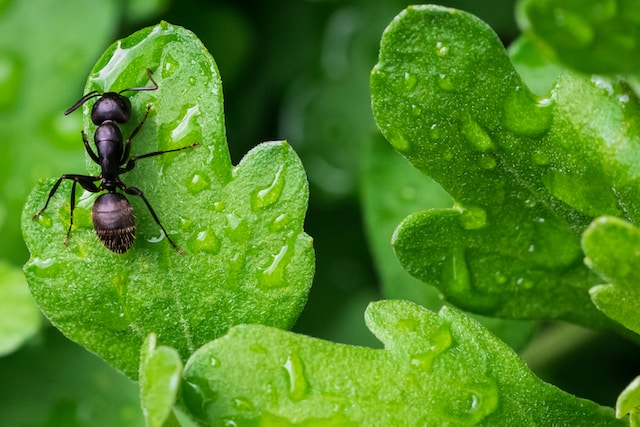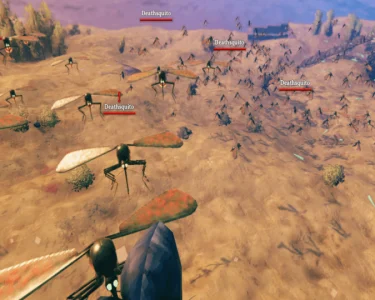Introduction: Ants, those industrious and highly organized insects, are renowned for their remarkable behaviors and complex social structures. From communication systems to division of labor, ants exhibit a level of sophistication that rivals even some human societies. Join us as we delve into the captivating world of ant behavior and social habits, shedding light on their remarkable adaptations and the secrets behind their successful colonies.
- Communication and Chemical Signaling: Ants have evolved intricate systems of communication, enabling them to coordinate their activities effectively. Chemical signaling, in the form of pheromones, plays a crucial role in ant communication. These chemical cues are emitted by ants and can convey messages about food sources, nest locations, or alarm signals. Through these chemical signals, ants establish trails, recruit other individuals, and maintain order within their colonies.
- Division of Labor: Ant societies are characterized by a highly organized division of labor, with individuals assuming specific roles based on their age and physiological development. The queen, typically the largest ant in the colony, assumes the crucial task of reproduction. Workers, which are typically sterile females, carry out a variety of responsibilities, including foraging, nest maintenance, and caring for the young. Soldiers, often distinguished by their larger size and specialized anatomy, defend the colony against potential threats.
- Nest Building and Architecture: Ants display remarkable architectural abilities when it comes to nest building. Different ant species employ a variety of techniques and materials to construct their nests. Some species build intricate underground tunnels, utilizing their powerful jaws and legs to excavate soil. Others construct nests using leaves, twigs, or even pebbles. The structure of ant nests provides shelter, protection, and optimal conditions for the survival of the colony.
- Cooperative Behaviors and Teamwork: Cooperation and teamwork are the cornerstones of ant societies. Ants work together seamlessly, coordinating their efforts to achieve common goals. For example, during foraging expeditions, ants communicate through pheromone trails, optimizing their search for food and ensuring the efficient utilization of resources. Additionally, ants exhibit collective decision-making processes, where individuals adjust their behavior based on the actions of their peers, leading to coordinated and adaptive responses.
- Colony Defense and Warfare: Ants are renowned for their impressive defense mechanisms and strategies when it comes to protecting their colonies. Some species have evolved potent venom or powerful mandibles to fend off predators or rival ant colonies. They may also engage in territorial disputes or large-scale battles, known as ant wars, where thousands of ants clash in fierce combat. These conflicts can be intense and may result in the capture or destruction of rival colonies.
Conclusion: The behavior and social habits of ants offer a captivating glimpse into the intricate world of these remarkable insects. Through sophisticated communication systems, division of labor, cooperative behaviors, and effective defense mechanisms, ants have mastered the art of societal organization. Their complex behaviors and social structures not only ensure the survival and success of their colonies but also inspire admiration and provide valuable insights into the workings of collective societies in the natural world.




